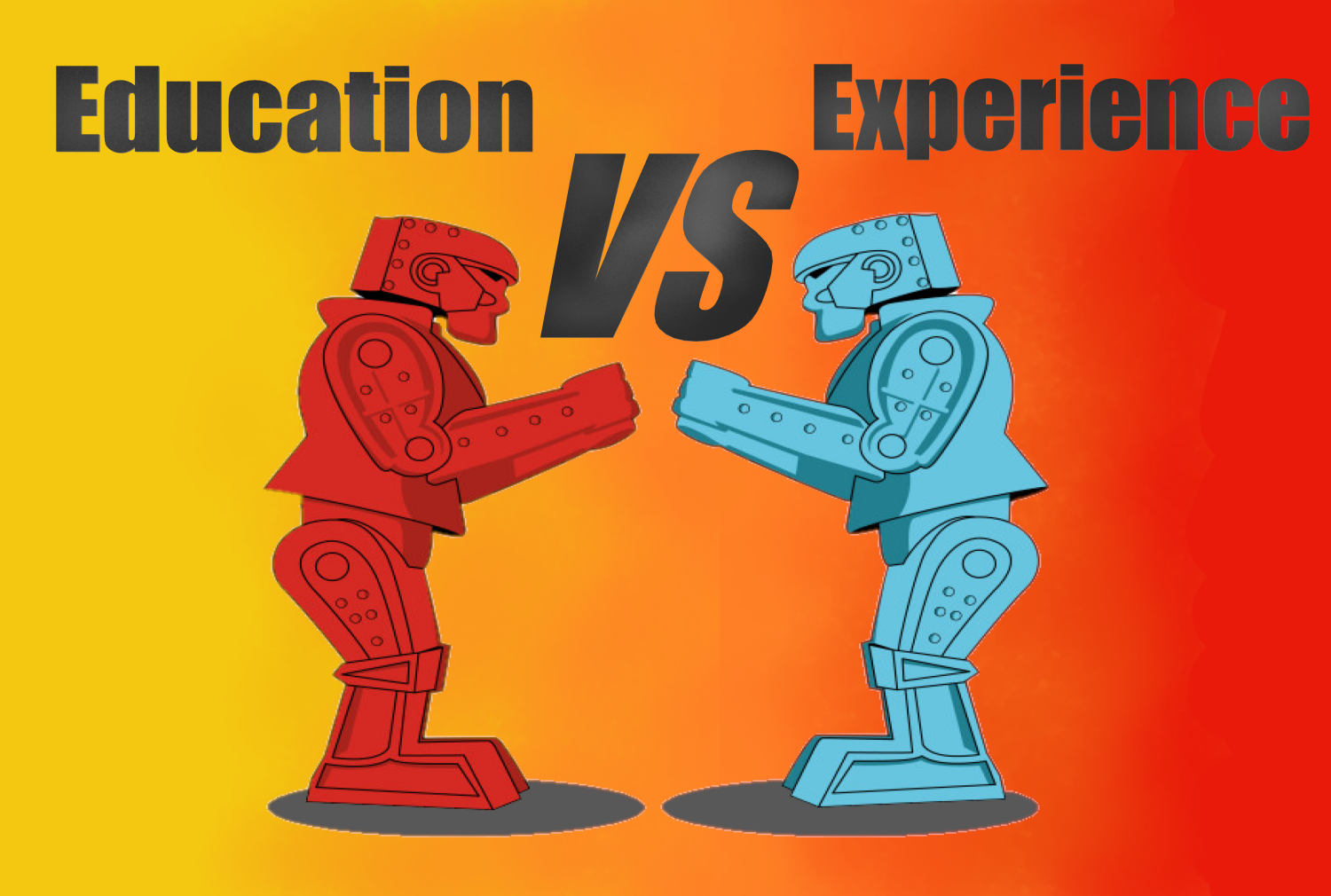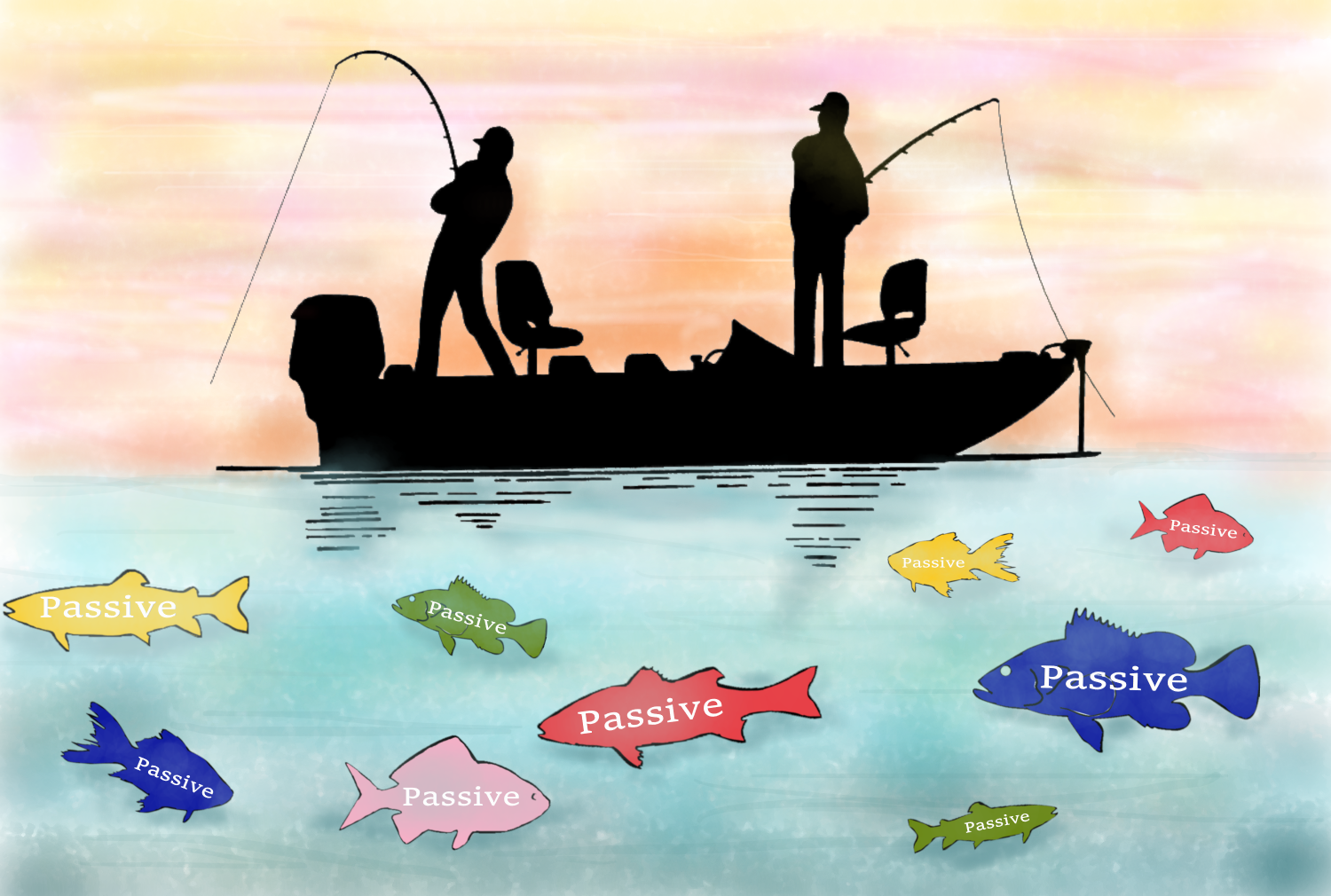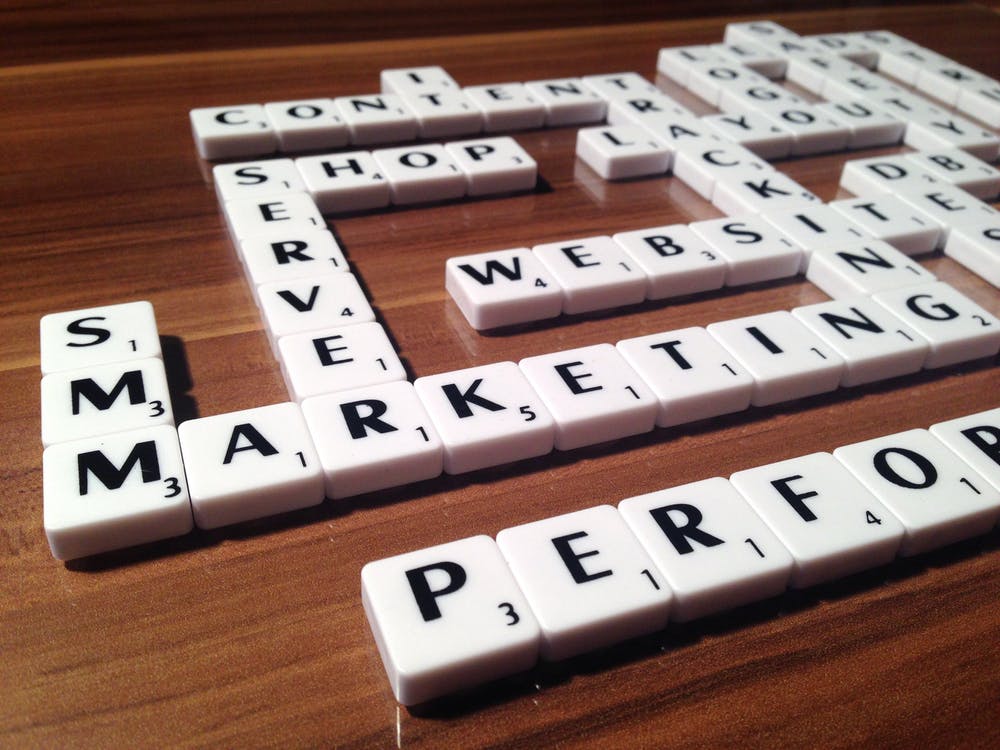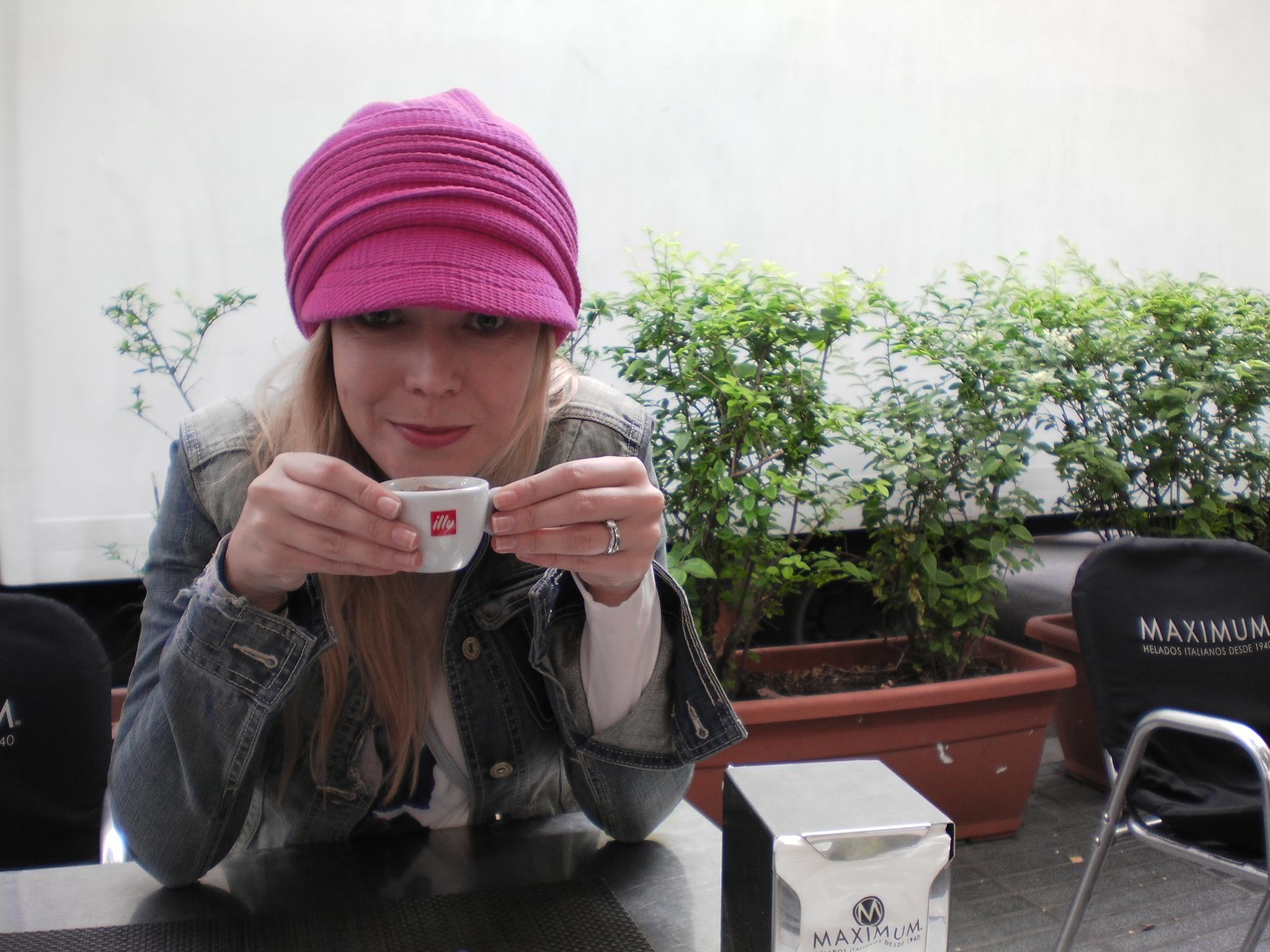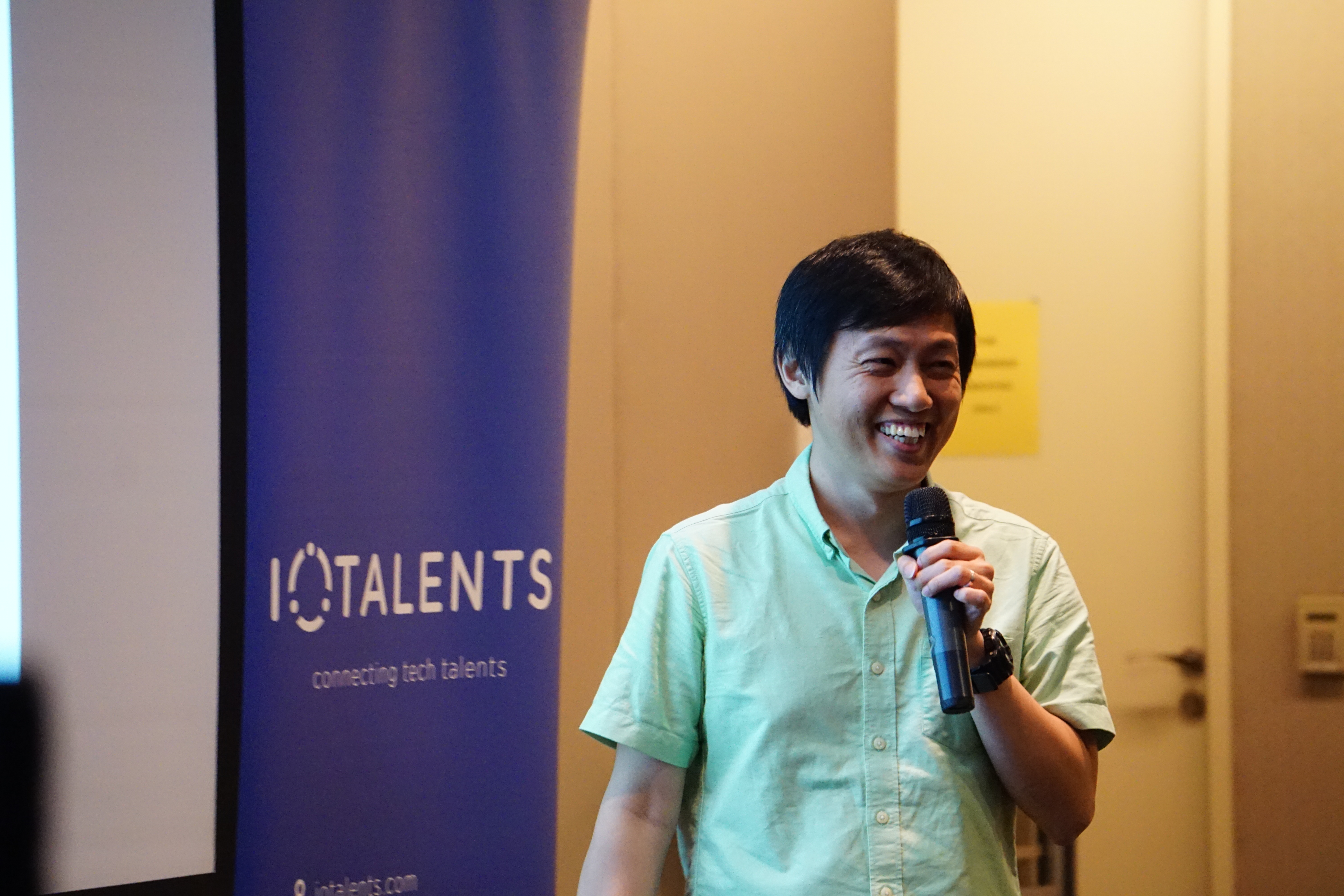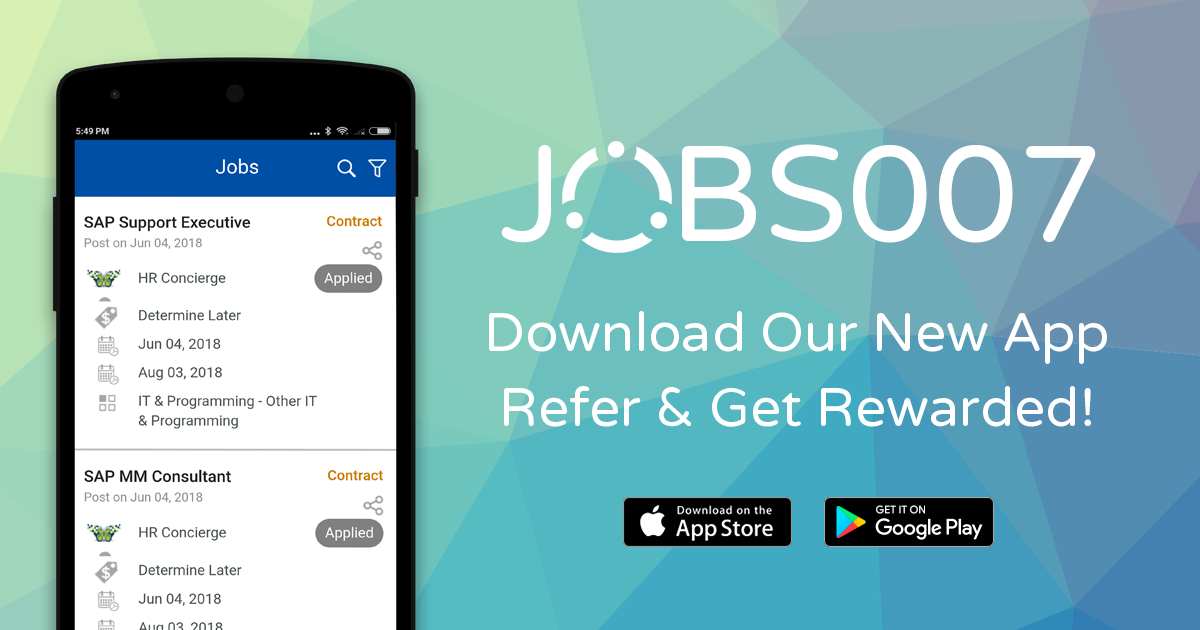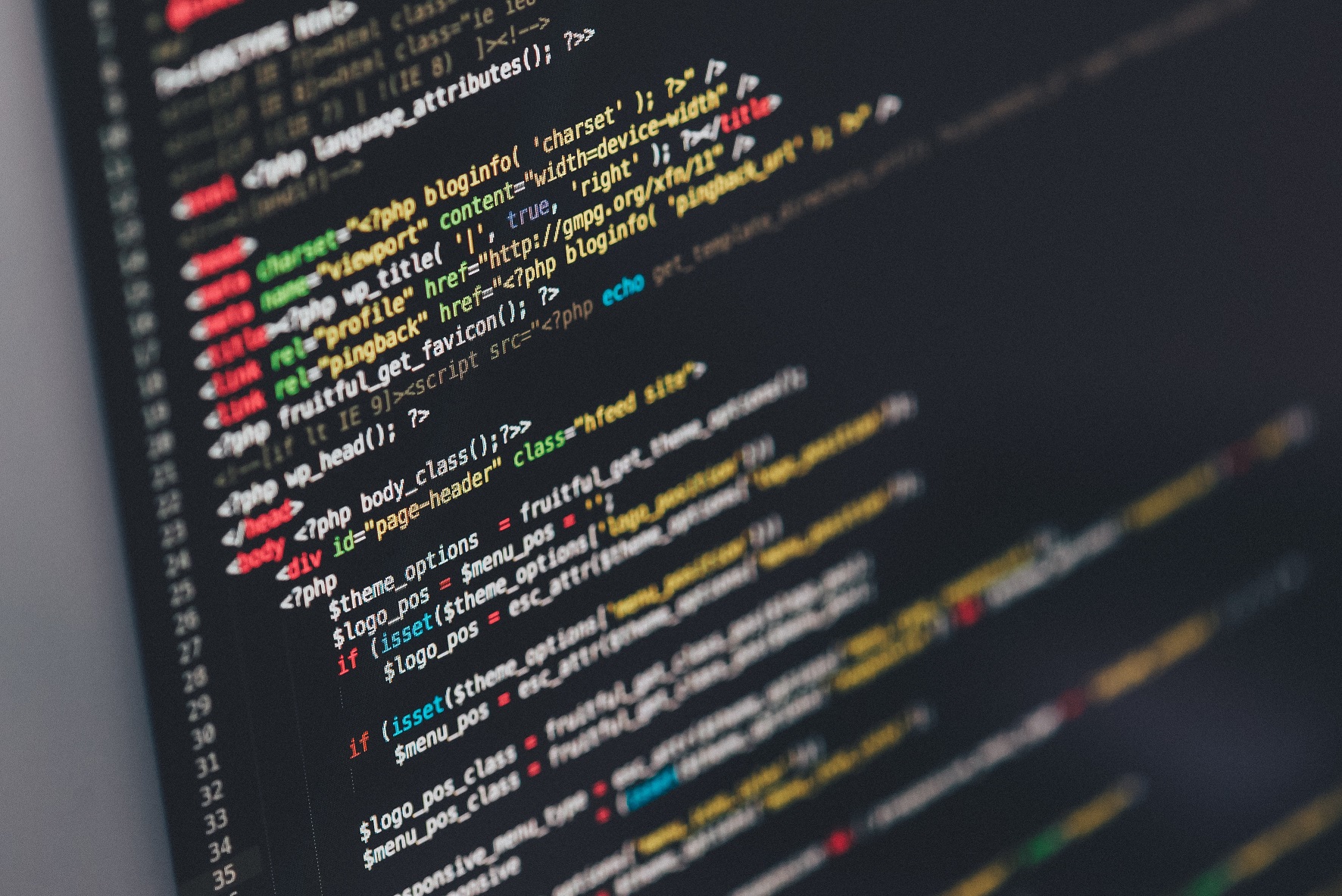Everyday, we output roughly 2.5 quintillion bytes of data through the seemingly never-ending digitally connected devices we have. It is of little wonder then, that analysing and making sense of that data has become more and more important with each passing day.
Understanding the data that we generate comes under the field of data science. To find out more about data science and its uses in real-world applications, we invited expert data scientist Philips Kokoh Prasetyo, Principal Research Engineer at Singapore Management University‘s (SMU) Living Analytics Research Centre (LARC), to share more about the data science projects his team has been working on, with the goal of making Singapore a smarter nation.
Here’s what happened:
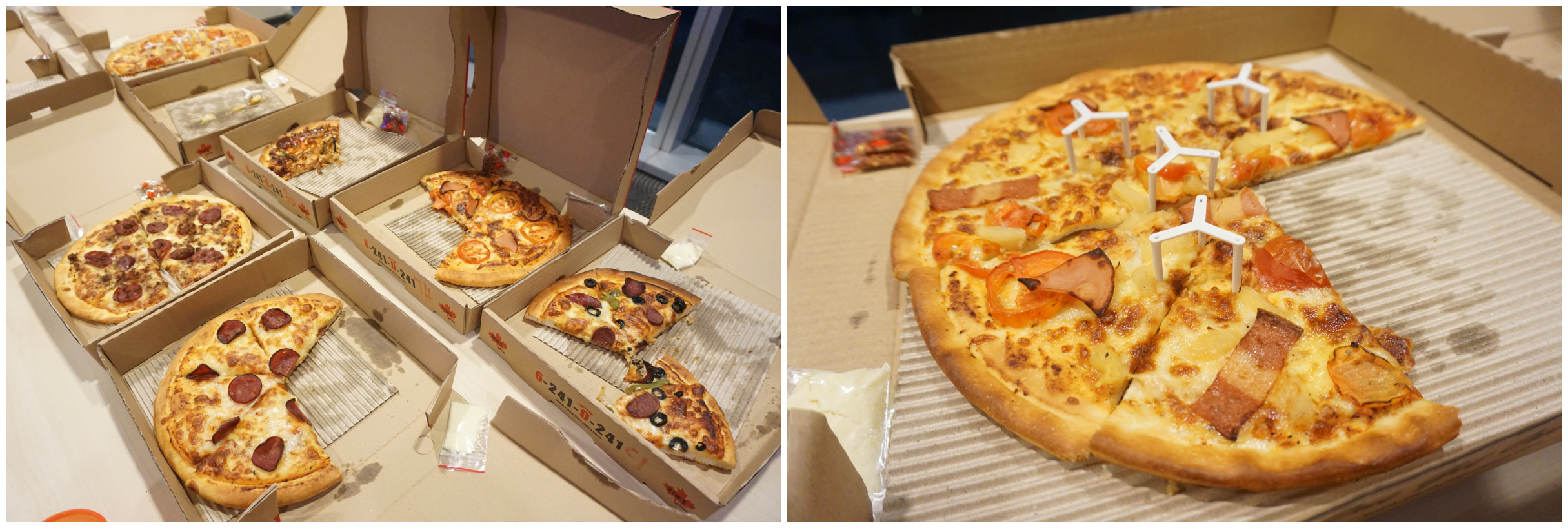

As usual, we kicked off our pre-event festivities with some light refreshments for all. The pizzas we had on hand were snapped up so fast, we had no time to take good shots of them!


Attendees were encouraged to network and get to know one another before the event got started. Networking is an important activity that can help you with your career!


The event kicks off proper! Philips begins by sharing about the Data Science projects that LARC works on. These are: 1) Urban and Community Liveability 2) Personalised Urban Mobility 3) Jobs and Skills Intelligence 4) Smart Consumption and Healthy Lifestyle. For the purposes of this event, Philips focused on Personalised Urban Mobility and Jobs and Skills Intelligence.
Here are some pointers from the presentation:
General:
- Data by itself can have very little meaning or usefulness. Data and Science join forces to help make sense of data in various useful ways.
- All models are wrong, but some are useful. – George Box
- Do not overfit your model to the data set! Overfitting is a common part of data science, where models perform well in training data, but not in test data and the real application.
Personalised Urban Mobility:
- A combination of LTA’s DataMall API and Social Media sources (Twitter), plus Rainfall data from NEA were used to create useful applications for analysis of the data. This included SGTrafficWatch (https://sgtrafficwatch.org) and BusSense, a social media sensing application for public buses. (https://busssense.sg)
- Publicly available Twitter messages could be analysed to give the possible reasons why a bus is late. Journey planning becomes better with BusSense.
- Traffic-Cascade (http://research.larc.smu.edu.sg/traffic-cascade/). This is an app that makes congestion cascade detection and analysis available to all public users.
Jobs and Skills Intelligence:
- Philips’s and his LARC team sought to understand how Talents flow from job to job. Job hopping was one of the things they looked at. Finding out why people job hop usually entails conducting surveys to collect relevant data. But this can be consuming and costly. Instead, his team used a Data Science approach, using data from an Online Professional Network (OPN).
- You can view the research summary here: http://research.larc.smu.edu.sg/jobanalytics/


All in all, it was a great event with lots shared about data science! It was a night of true learning and sharing about the incredible topic of data science and its uses in solving real-world problems. We will be holding a second edition of the event soon, so stay tuned for more updates!


